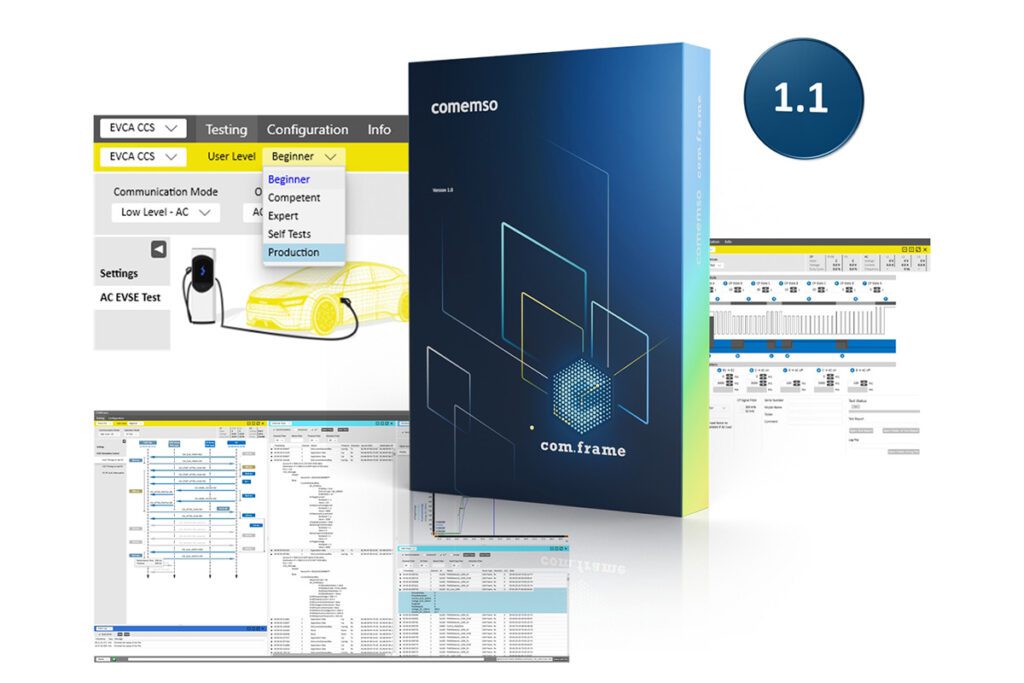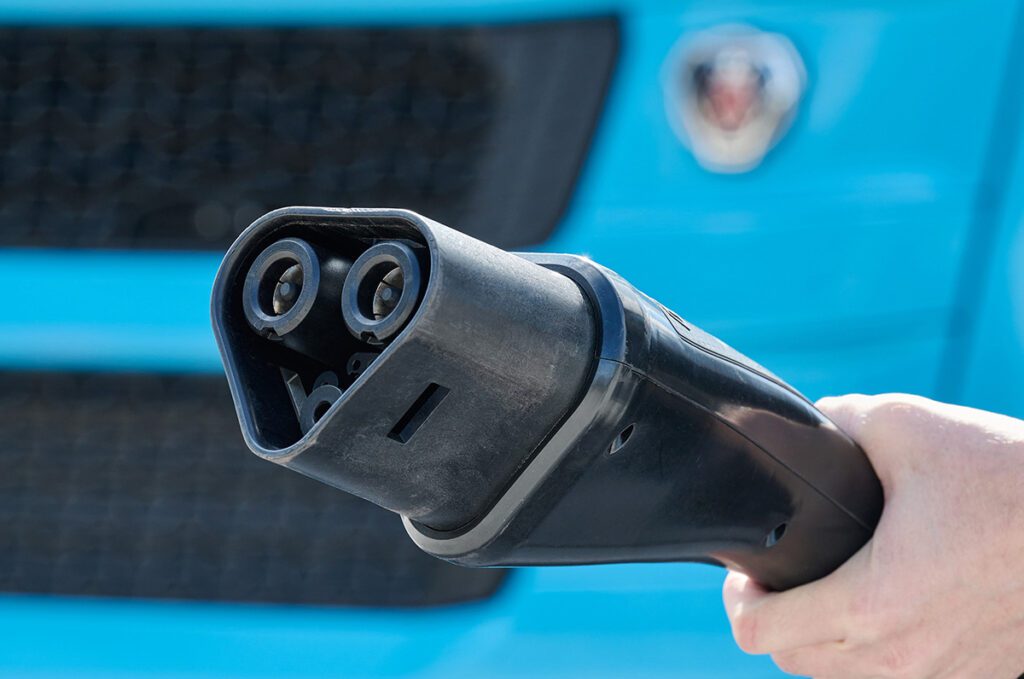Just as you’ve always suspected, the powers that be have been keeping a cheap miracle technology from us—batteries can be made not from scarce and expensive minerals, but from wood!
Well, not exactly. But in fact, lignin, a plant-derived polymer, is a renewable source of carbon, and two European firms have launched a project that aims to use lignin-based hard carbon produced from Nordic forest wood as an anode material.
Scandinavian forest product supplier Stora Enso believes that “everything that is made from fossil-based materials today can be made from a tree tomorrow.” European battery manufacturer Northvolt is on a mission to deliver “the world’s greenest lithium-ion battery with a minimal CO2 footprint.”
The companies have entered into a Joint Development Agreement to create a sustainable battery featuring an anode produced from renewable raw materials sourced sustainably and locally in Nordic countries.
Stora Enso will provide its lignin-based anode material Lignode, and Northvolt will provide cell design, develop production processes, and scale up the technology.
Stora Enso’s pilot plant for bio-based carbon materials is located at the its Sunila production site in Finland, where lignin has been industrially produced since 2015. The annual lignin production capacity is 50,000 tons.
“The joint battery development with Northvolt marks a step on our journey to serve the fast-growing battery market with renewable anode materials made from trees,” says Johanna Hagelberg, Executive Vice President for Biomaterials at Stora Enso. “Our lignin-based hard carbon, Lignode, will secure the strategic European supply of anode raw material, serving the sustainable battery needs for applications from mobility to stationary energy storage.”
“With this partnership, we are exploring a new source of sustainable raw material and expanding the European battery value chain, while also developing a less expensive battery chemistry,” says Emma Nehrenheim, Chief Environmental Officer at Northvolt.
Source: Northvolt



















































































